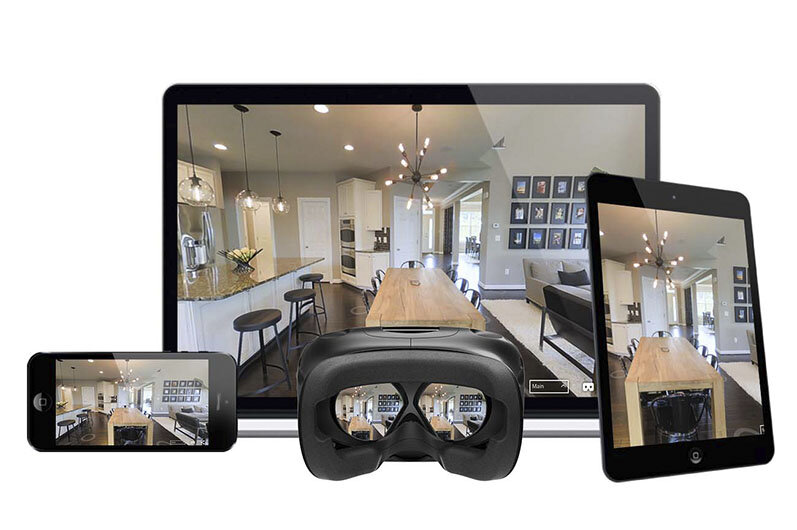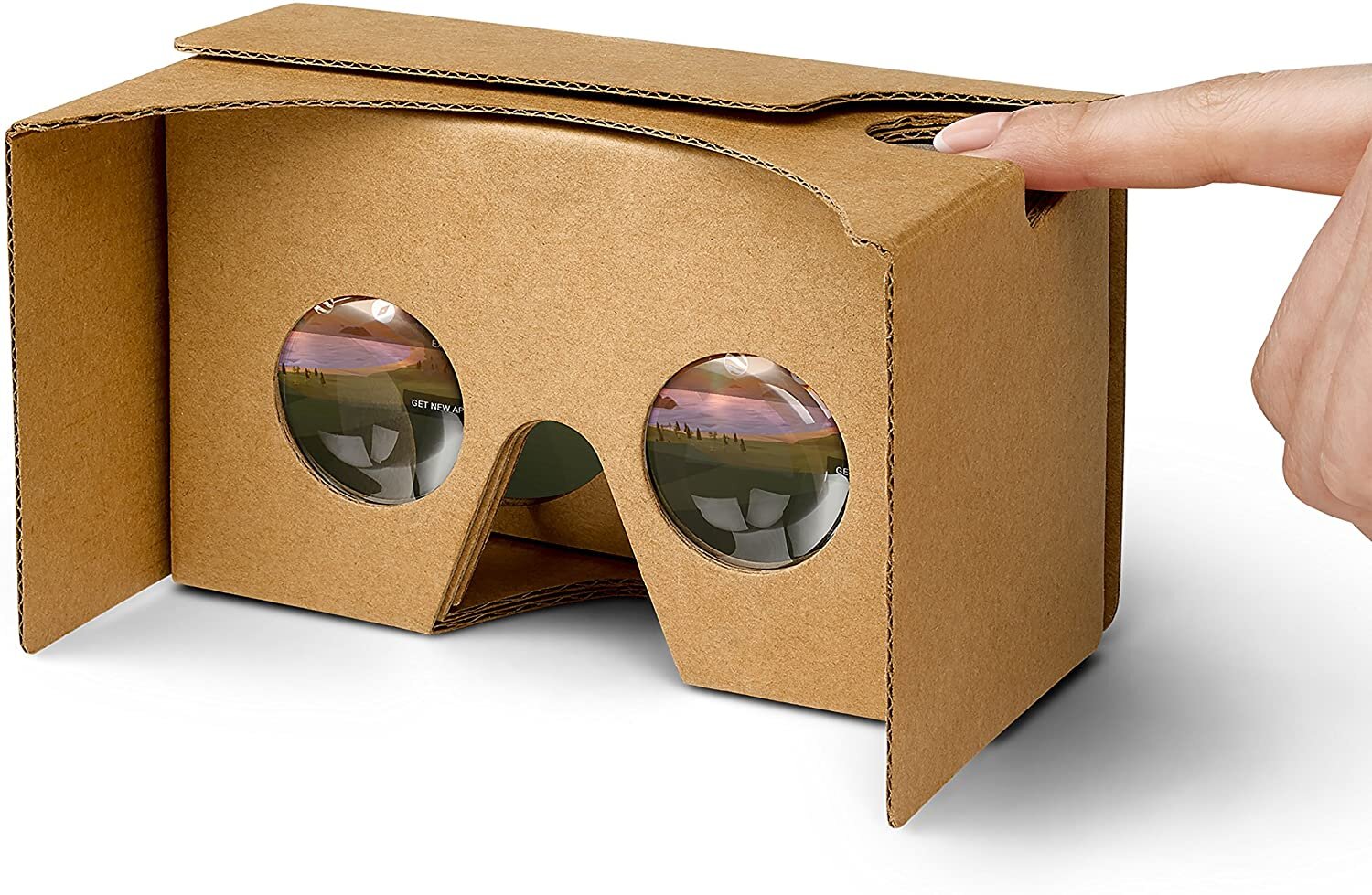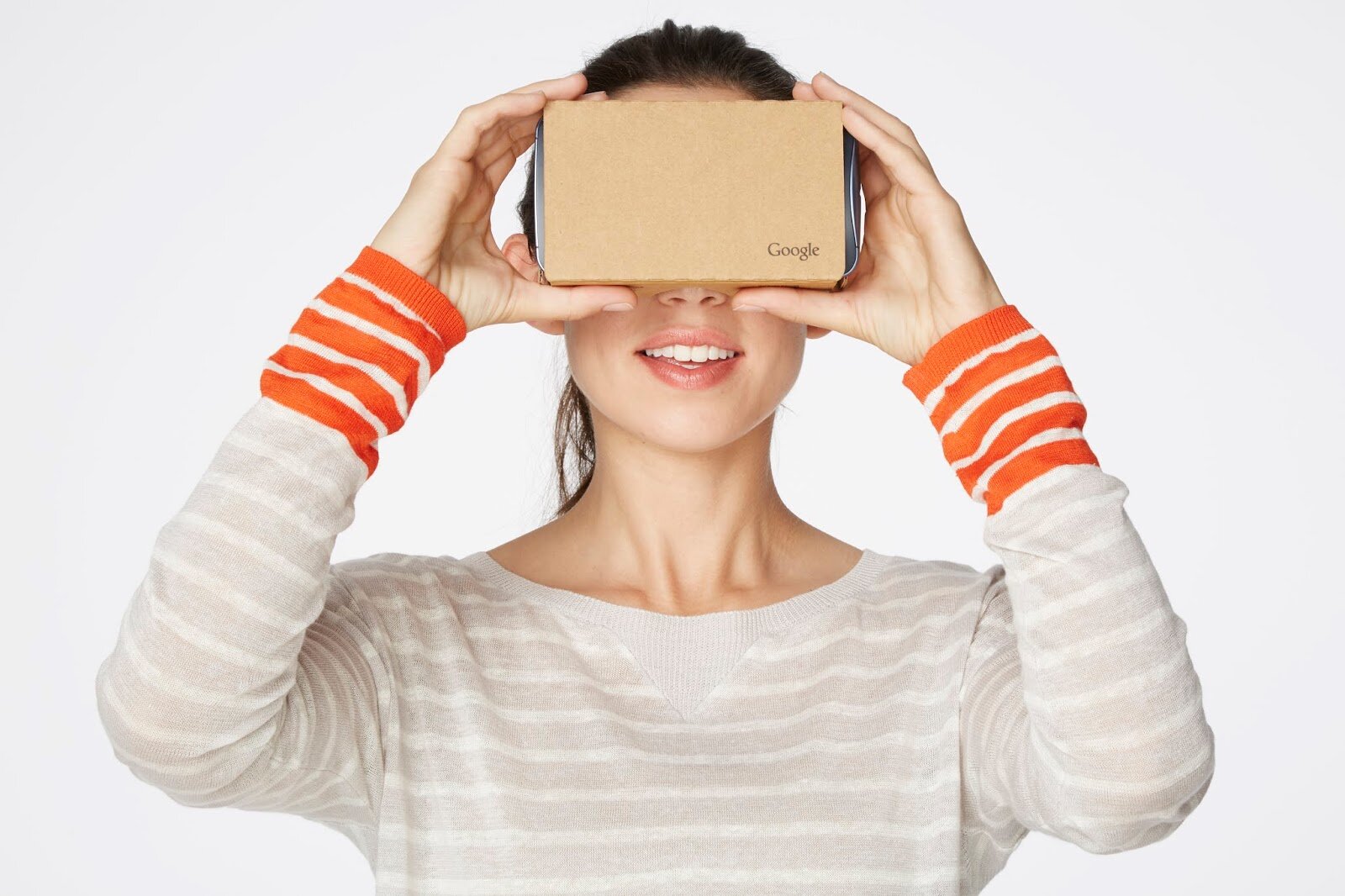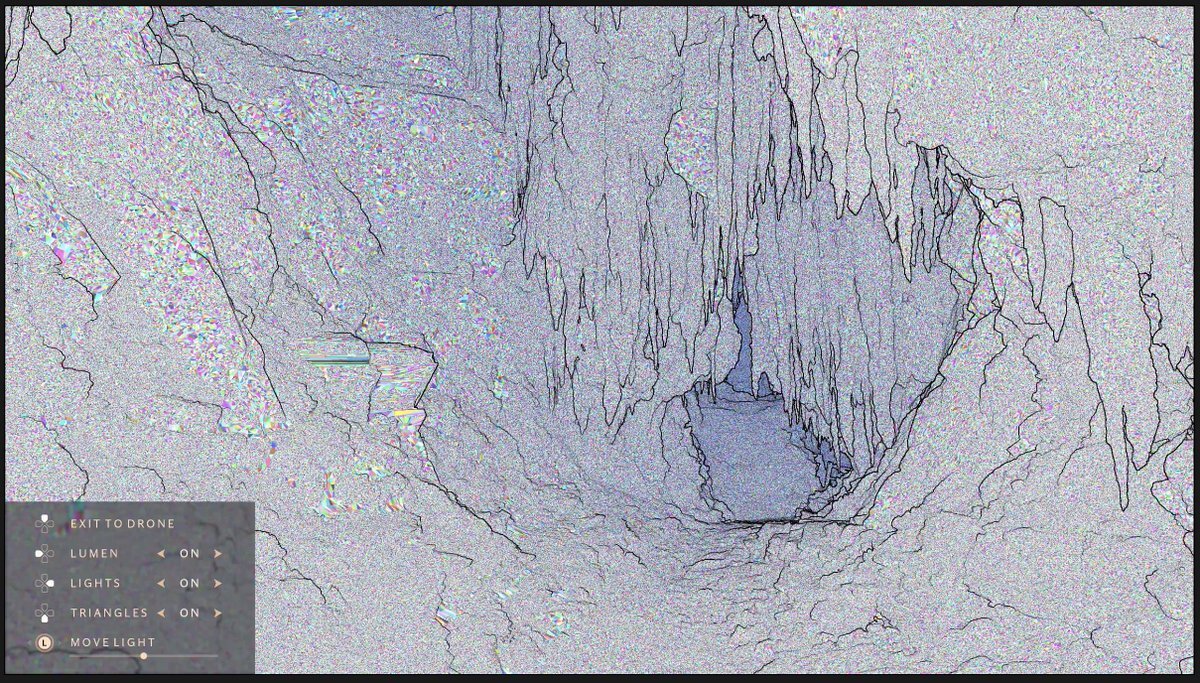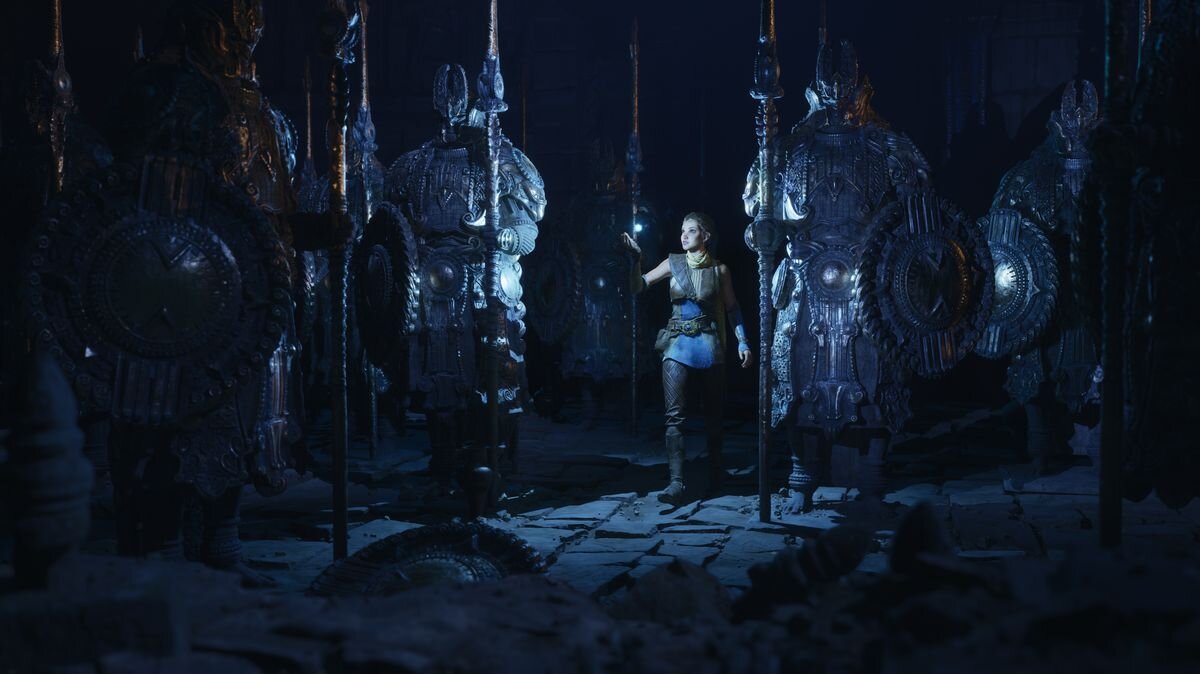2020 has thrown some treacherous challenges at humanity, most notably dealing with the highly contagious, often symptomless Coronavirus. In an effort to combat the viruses airborne nature, social distancing has been heavily encouraged, driving us towards a world of virtual experiences.
We’ve seen artists host concerts on Instagram Live, the NBA continue their season through a quarantine bubble, most of our readers are currently working at home over Zoom! The world has drastically changed this year, and we’ve adapted quite well.
However, social distancing has left certain industries in a scramble, mainly the ones that thrive in highly populated environments, universities and museums to name examples. How do these institutionalized operations hastily adapt to the new digital norm?
Today, let’s explore how virtual tours not only ease this transition but also have the potential to quadruple pre - pandemic business.
Bigscreen: Our Virtual Tour Inspiration
Bigscreen: The Burn - In
A few years ago when virtual reality entered the scene, I remember seeing an advertisement for Bigscreen. It was an experiment by Oculus to bring a social cinematic experience to a plug and play virtual reality headset, and boy was it exciting! You could make an avatar, join your friends, and watch a featured presentation. Really cool stuff, but that’s not exactly what got my attention.
Bigscreen Lobby: Road to VR Live
The cinematic experience? Out of this world. Before movies, you’d enter a lobby area outfitted with a box office, concession stand, movie posters, a full arcade, an environment above and beyond anything I could have ever imagined.
And that doesn’t even begin to describe the theatre rooms! We’re talking dynamic cinema environments that change designs to match films, trailers for the early birds, 3D capability, private parties or public showings, this was the virtual environment we never knew we needed.
It was more than just watching a movie with people, and that’s what I loved! You got the full movie theater experience, which is what makes it worth going to movies in the first place! This experience metric is something I believed could be conveyed in all sorts of industries, mainly colleges and museums for the purpose of today’s piece. I encourage checking out this Bigscreen review to fully understand my vision.
What is a Virtual Tour?
Museum Virtual Tour: Simpleview
Short and sweet, a virtual tour is a guided remote experience allowing for immersion and exploration of a location without physically being in said location. They can be created with panoramic images or 3D renderings, and be displayed through various electronic devices, most notably computer screens and virtual reality headsets.
This isn’t new technology and has been used for years by real estate firms, various showrooms, and stores. Despite the tech’s heavy revival due to COVID 19, they aren’t as uncommon as you’d think! If you’ve ever used Google Street View, you’ve been inside a virtual tour!
Virtual tours can be further broken down into three categories; Live tours, self - guided tours, and animated tours.
Live Tours
Live tours are guided by knowledgable industry professionals, who are always ready to ensure questions are answered as they arise. They are also great at making sure everyone is confident before continuing on with the tour.
Self - Guided Tours
Self - guided tours are fully user - controlled, offering high levels of interactivity and movement within the tour environment. They are my favorite tours, and usually contain interactive panels to guide users along.
Animated Tours
Animated tours are fully hands - off, guided by knowledgeable professionals and / or scene annotations. They normally come in the form of videos that can be paused at user discretion. Animated tours are excellent for straightforward spaces that don’t need much explanation.
College Virtual Tours: A Candid Campus Experience
Modern College Campus: imgix
A quick YouTube search is all that’s necessary to confirm “virtual college tours” already exist. Some colleges have recently uploaded these student - guided excursions, while others have had them for years.
They’re not good enough.
They’re rushed, broad, vague, nothing like the on - campus tours they’re meant to replicate. Deciding on where you wish to pursue higher education is a very important decision and as an incoming freshman, utmost detail regarding the layouts of dorms, classrooms, even the campus as a whole is paramount.
Prospective students and parents alike would enjoy digitally rendered live campus tours. They’re a chance to see every inch of the campus firsthand, with an experienced student at the helm to take any questions or concerns that may arise.
But don’t count out self - guided tours! Some incoming freshmen may prefer to freely roam the campus without the constraint of a live tour. It offers the same level of immersion, but at the pace of the user. Annotations can highlight important areas, and questions can simply be emailed.
Most colleges will opt for animated tours, which are by far the easiest to make on our end. Because they are sectored, they offer structured and focused experiences on various areas in the institution, rather than a full - on tour of the entire campus. Since these are usually in video format, they’ll be heavily annotated or narrated, and questions can be directed to comments.
Self - guided and animated tours are best for colleges, mainly because they don’t require much maintenance. Live tours, however, offer an extra dimension of excitement, which goes a long way in the application decision process. We can shorten college tour times from days to hours, and make them safer in these precarious times.
Also, think about the wider array of students that tours will be broadcasted to! These tours will drive application numbers through the roof, creating a potentially infinite investment return.
Museum Virtual Tours: A Digital Cultural Immersion
Louvre Museum: MuseumNext
The Louvre, the Taj Mahal, the Forbidden City; Iconic relics of the past many recommend visiting at least once in your lifetime, but require several hours, if not days of travel from the United States.
Don’t be fooled, this is a two - way sentiment! Travel prevents many from visiting our treasures such as the National Air and Space Museum, or even the Museum of Natural History! Our virtual museum tours promise to finally open these doors, providing the population with a stunning cultural experience minus the staggering travel costs.
Live museum tours will be a patron’s best friend, connecting them with a curator able to not only walk them through the museum but also enlighten them regarding the history and inspirations behind the work, answering any questions to their heart’s desire. As a museum, this personal factor is extremely important.
Self - guided tours allow patrons to explore the museum freely, interacting with the scene through annotations or panels. Animated tours can offer a continuously annotated experience, with the voice and passion of a curator moving the tour along.
Cultural knowledge is very important in today’s society, and our virtual tour museum environments will share this once inaccessible knowledge to millions. Virtual tours will also provide an additional income stream to museums, ensuring they are able to spread this cultural mantra at the utmost ability, as safe as possible.
Hugo Render’s Involvement in the Virtual Tour Sector
The Louvre Abu Dhabi: Conde Nast Traveler
Hugo Render is more than capable of creating virtual tour environments, and we aren’t limited to universities and museums! Instructional navigation is on the rise, and animated tours will greatly transform this sector, whether it’s traversing confusing airports or gargantuan theme parks.
Our renderings, paired with Unreal Engine’s game - like mechanics can build virtual tour environments on a level of photorealism and usefulness never achieved before. Compound virtual reality and 360 - degree imagery into the mix, and we’ve got a recipe for excellence.
Imagine pairing these virtual tours with platforms such as Zoom, to create safe yet enriching experiences for the entire family, no matter where they reside on the planet! The pandemic threatened to destroy some industries forever; Virtual tours not only provide them with a necessary safety metric but also offer exposure with the potential to make these businesses achieve a level of prosperity never imagined!

